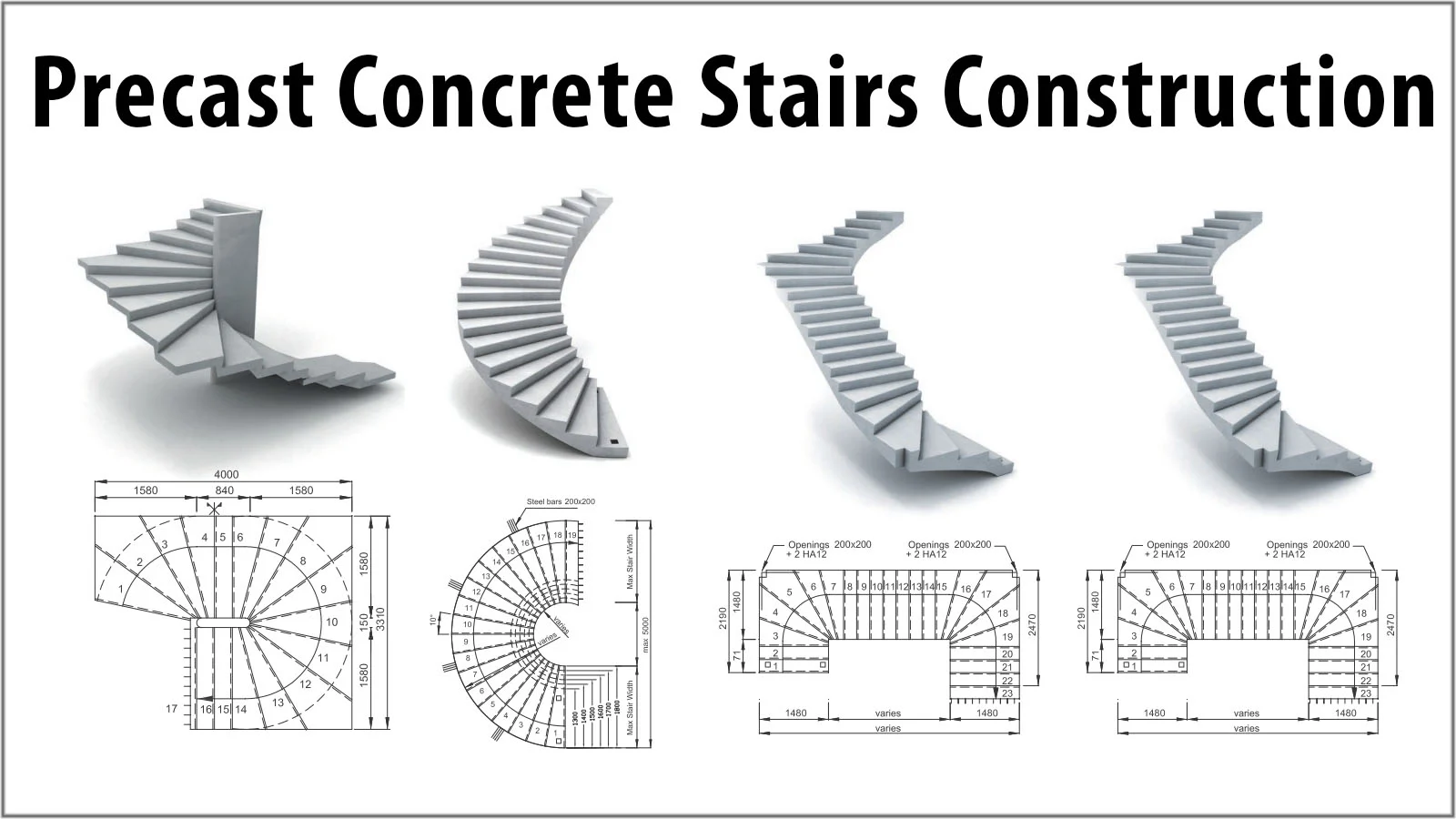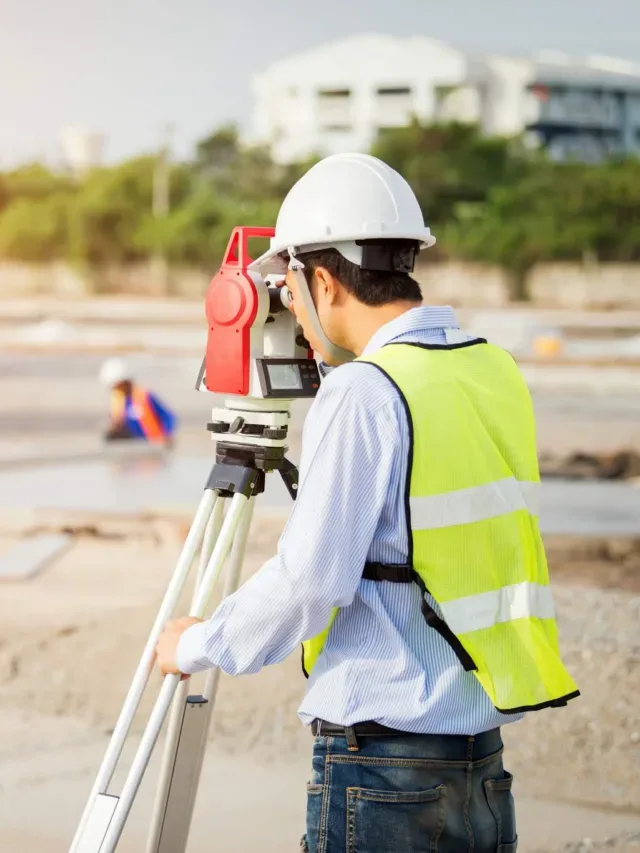BEARING CAPACITY METHODOLOGY PILE FOUNDATION

Several methods are available for determining the bearing capacity of a pile and thus the integrity of a foundation. Following is a short overview and some general recommendations on the subject from your engineers at ICE.
Before we start discussing methodology it is important to state that in foundation engineering there are many known and unknown variables influencing outcomes. It is therefore crucial to observe a safety factor in the outcome. First of all a piles’ bearing capacity depends on its size shape and material. A second factor in determining the pile’s capacity is the supporting strength of the soil. As the load of the pile is transmitted to the soil surrounding the pile by friction or adhesion between the soil and the sides of the pile and/ or the load is transmitted directly to the soil just below the pile’s tip it is important to collect information about soil conditions. As a rule of thumb sandy soils have a lower friction than soft or stiff clay soils.
The four most widely used methods for determining bearing capacity are:
1. Soil calculations
2. Dynamic load testing
3. Static load testing
4. Statnamic load testing
1) Determining by soil calculations:
Bore hole analysis (SPT) and laboratory tests provide a precise report of the soil conditions. Data collected from these report can be used to calculate the bearing capacity of the soil. Variables such as the skin friction between soil and pile surface the horizontal soil pressure the vertical pressure of the soil adjacent to the pile all provide data to accurately calculate the bearing capacity at the pile tip. The laboratory tests and SPT processes have been standardized and a wide range of specialist tools are available to carry out the procedures.
2) Dynamic load testing:
Wikipedia defines dynamic load testing as follows: “Dynamic load testing is a method to assess a pile’s bearing capacity by applying a dynamic load to the pile head (a falling mass) while recording acceleration and strain on the pile head. This is most often done with Dynamic load testing by an impact hammer blow count. Dynamic load testing is a high strain dynamic test which is applied after pile installation.”
The foundation bearing capacity results obtained with dynamic load tests correlate well with the results of static load tests performed on the same foundation element.
Even though this method is widely used Liu and Evett (Soils and Foundations /Cheng Liu Jack B. Evett The University of North Carolina at Charlotte.- 8th edition page 185) caution us that: “In theory it seems possible to calculate pile capacity based on the amount of energy delivered to a pile by the hammer and resulting penetration of the pile. Intuitively the greater the resistance required to drive a pile the greater will be the capacity of the pile to carry load. Hence many attempts have been made to develop pile driving formulas by equating energy delivered by the hammer to work done by the pile as it penetrates a certain distance against a certain resistance with an allowance made for energy losses. But generally no pile-driving formula has been developed that gives accurate results for pile capacity. [As…] Soil resistance does not remain constant during and after the pile driving operation.”
3) Static load testing
Static load tests are thought to provide the most reliable results and the analysis is straightforward. However the tests are costly and time consuming. “To carry out a pile load tests one must first drive test piles. They should be driven at a location where soil conditions are known and where soil conditions are relatively poor. The next step is to load the piles if the test piles were driven in clay soils loading should not commence until several weeks after driving to ensure the clay is stabilized again. Test piles in sand can be loaded several days after driving. Test piles can be loaded by adding dead weight or by hydraulic jacking against a fixed platform. The client should then observe the settlement and calculate the bearing capacity. This method allows for a more exact determination of the piles bearing capacity.” (Soils and Foundations /Cheng Liu Jack B. Evett The University of North Carolina at Charlotte.- 8th edition page 186).
4) The Statnamic load test for assessing the load carrying capacity of deep foundations is a method which combines many of the benefits of the dynamic and static loading methods. Statnamic load testing a rapid load test combines the simplicity of static analysis with the efficiency and cost effectiveness of dynamic testing. Statnamic testing works by accelerating a mass upward that in turn imparts a load onto the foundation pile below the Statnamic device. The load is applied and removed smoothly resulting in load application of 100 to 200 milliseconds. The Statnamic test applies a force to the pile head over a typical duration of 120 milliseconds by the controlled venting of high pressure gas. The gas is the product of the combustion of a fast burning fuel within a piston. At some point the pressure within the piston is of such a magnitude to force the load hanger arrangement upward at accelerations in order of 196m/s2 (20g). This process applies a load downwards on the test pile.During the loading sequence the load applied to the test pile is monitored by a calibrated load cell incorporated in the base of the combustion piston. Pile settlement is measured using a remote laser reference source that falls on a photovoltaic cell incorporated in the piston. Data capture is undertaken using a data acquisition system connected to a laptop computer and used to calculate the bearing capacity. (summarized from http://en.wikipedia.org/wiki/Statnamic_load_test)
At ICE we recommend our vibro clients to drive a test pile with a vibratory hammer from our rental fleet and perform a static load test or Statnamic load test after the soil has stabilized. A quick internet search will help you find a testing service provider in your area.









